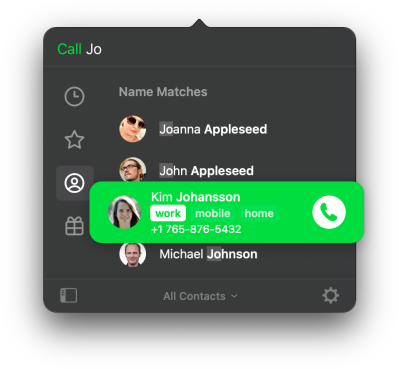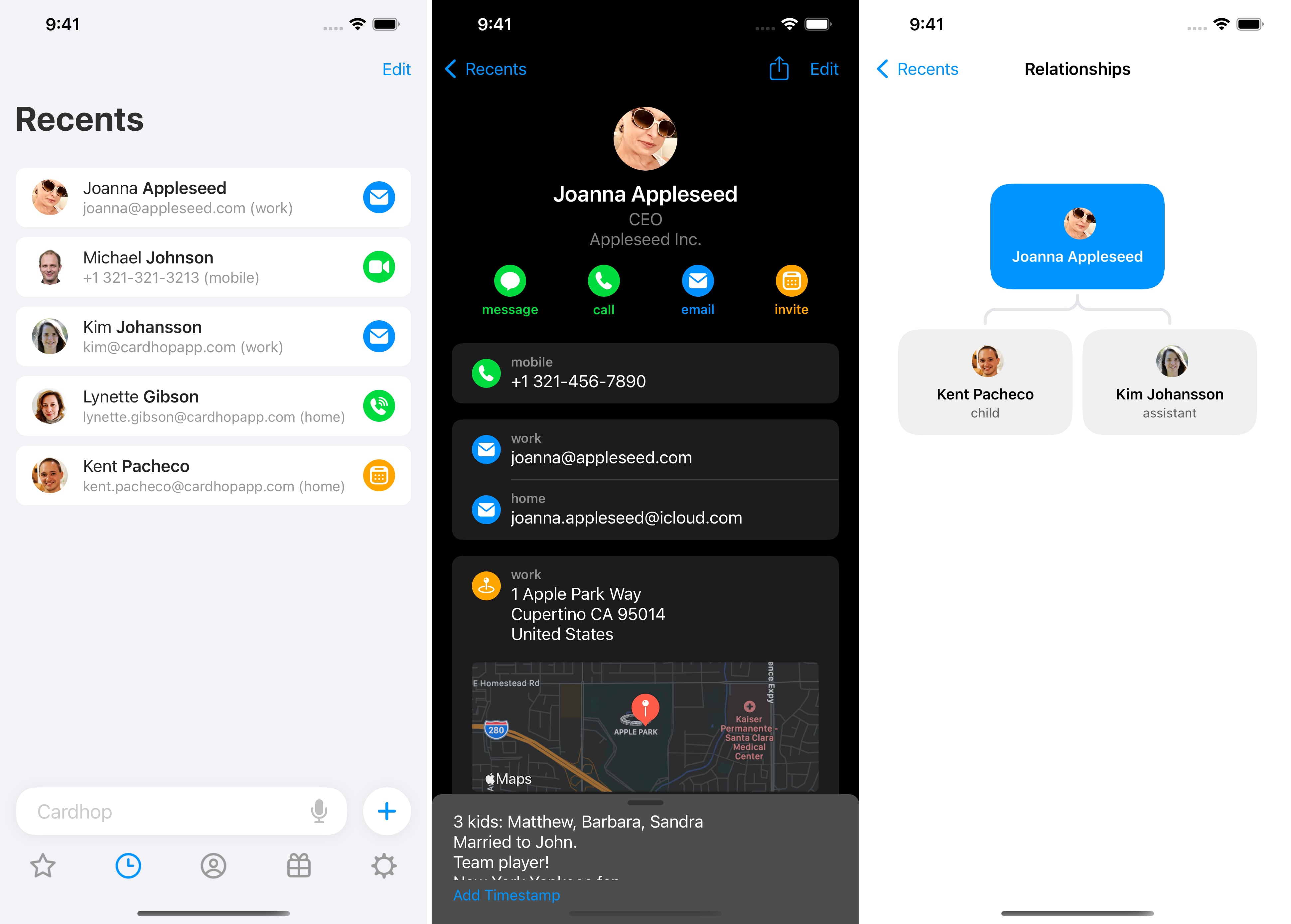Contact Financial Holding, Egypt’s non-bank consumer finance provider, has invested $9 million in the country’s ecommerce super-app Wasla, setting the stage for the rollout of new online shopping capabilities, products and regional expansion.
Contact has been in the business of consumer finance since 2001, while Wasla was founded in 2018 by former Serag Meneassy and Taymour Sabry, both ex-Rocket Internet entrepreneurs, and investment banker Mahmoud El Said.
“It’s an equity investment, through a series of investments that aim to grow the business going forward, to enable their business plan and their achievement of the company’s vision,” Contact Financial Holding chairman Hazem Moussa told TechCrunch.
The e-commerce platform is now set to introduce a range of products and options including buy-now-pay-later (BNPL) financing and a new online payment option.
Wasla, whose experience is pegged on its browser, has different features including a deal finder that aggregates discount codes and cashback links across a network of merchants. It is set to also introduce a price-comparison tool, as it continues to add new functionalities for a better end-to-end shopper experience.
“In the checkout phase, we plan to introduce a very secure payment method…limited by time or value. And the final step is integrating financing or buy-now-pay-later solutions directly within that. It is an end-to-end ecommerce experience starting from search and discovery to financing,” Wasla co-founder and CEO El-Said told TechCrunch.
The new payment option is set to encourage shoppers to transact online because Egypt is currently a predominantly cash-on-delivery market, which El-Said said is a “costly operation for merchants.”
Offline payment is also a costly option for buyers as it comes with a cash-on-delivery fee.
Contact (previously Sarwa Capital) is set to bring in its experience in consumer finance and technology including its advanced credit services platform, to help Wasla extend financing to shoppers. Contact is said to be among the first financial services platforms to introduce advanced credit scoring and collection mechanisms in Egypt.
“We are working on extending what we have built in terms of credit engines, AI scoring engines and a variety of tools…including instant approval, fast approvals and pre-approvals,” said Moussa.
“With the whole experience being on the Wasla browser, you have a lot more access to customer behavior and customer interests and therefore be able to really tailor the programs to the user base and so that is really a big addition to the experience– from the start the journey to the payments to the financing,” he said.
Wasla currently has 1.5 million downloads and has experienced 8.5 times year on year growth in total e-commerce traffic since inception. It aggregates deals for a network of over 100, local and regional, e-commerce merchants.
The e-commerce startup is also set for regional expansion, with immediate plans to enter Nigeria currently underway.
“It’s a huge market at the end of the day, you have roughly 250 million people. They’re very technologically advanced, and their adoption of ecommerce is quite good. It’s quite the right market. There’s all the infrastructure that you kind of need to set up a proper tech business. In terms of maturity within the tech ecosystem, Nigeria is probably one of the best markets in Africa, competing directly with Egypt, South Africa and a couple of others,” said El-Said.
According to Crunchbase, Wasla has before this announcement received $1.2 million in funding from a number of investors including Ventures and Glint Consulting.
It is estimated that Egypt’s e-commerce sector generated a revenue of $5 billion last year, and this will grow exponentially as the sector experiences a 22% compound annual growth rate over the next four years. Major e-commerce players in Egypt include Souq.com, which raked in net sales of $109 million in the North African country last year, btech and lcwaikiki.




